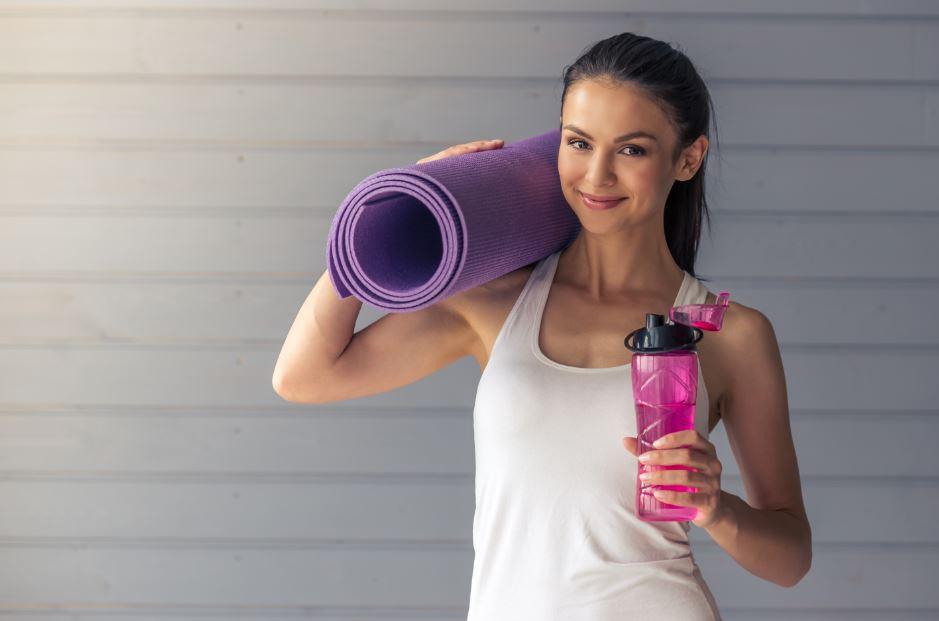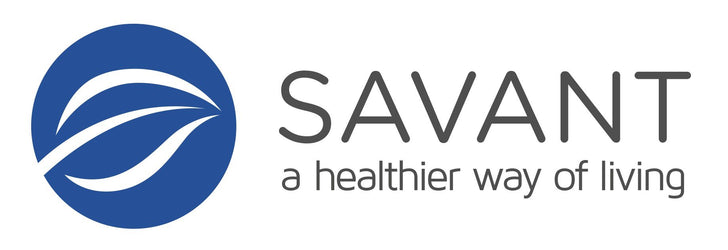
Exercising During Your Period
Differences in sex hormones mean that women have to be a little smarter when it comes to working out. Women have a serious shortfall regarding muscle building Testosterone, compared to men and their main sex hormones, Oestrogen and Progesterone, - fluctuate throughout the menstrual cycle.
Monthly Symptoms
Cramping, bloating, headaches, irritability and breast tenderness are just a few of the symptoms associated with the menstrual cycle - the list is exhaustive but the root cause is the same - a monthly cycle of altering levels of the sex hormones Oestrogen and Progesterone, typically over a 28-day period.
Dietary Assistance
Not all menstrual cycles are the same, and some women experience greater PMS symptoms than others. Make sure you keep on top of your B and D vitamins to help regulate your hormone and energy levels - foods such as pork, fish, eggs, and soya beans all contribute - or you can use a daily multi-vitamin to keep topped up. We’ve seen good results with Cleanmarine for Women - a krill oil with added phytonutrient and vitamins - the combination with Omega 3 fats is an added bonus. Cleanmarine For Women contains vitamin B1, B2 and B6 which work to support your normal energy yielding metabolism while vitamin B2 and B6 contribute to reducing tiredness and fatigue.
The 3 Phases
Made up of 3 main phases - Follicular, Ovulation, and Luteal - the changing hormone levels create distinct metabolic states that you can master to your advantage:
The Follicular Phase - Days 1-13
From day 1 of your period your Oestrogen levels start to rise, building faster from day 7 where Progesterone starts to fall. PMS symptoms are fading fast, and now is a good time to train. Improved insulin sensitivity means you can eat a higher carbohydrate load, which can help boost your lifts. You’ll have greater capacity for hypertrophy work as the Oestrogen will help your strength, and you will respond well to High Intensity Interval Training (HIIT) - e.g. cross trainer intervals/sprinting - for cardiovascular (CV) work.
Ovulation - Day 14
With peak Oestrogen levels, your Progesterone levels start to raise too, causing an increase in body temperature that coincides with ovulation. You’ll have your highest strength gains from Oestrogen, but also the highest negatives - a reduction in muscle control that increases the risk of injury during explosive movements. This is a great time to push out some really heavy weight, just be extra careful with form and technique. CV should be reduced to Low Intensity Steady State (LISS) - e.g. walking/jogging - to reduce strain on your nervous system, and reduce likelihood of injury.
Luteal Phase - Days 15-28
As Progesterone climbs, Oestrogen falls. Your capacity to handle heavier weights lowers, as does your carbohydrate capacity. Drop down to lower weights and reduce carbohydrate intake in favour of more fats - and swap to LISS for your CV. Around a week in you will have a boost in Oestrogen that you can use as a stronger day, with a carbohydrate refeed, before returning to lower weights and fats as a fuel source. Be prepared for any PMS symptoms you usually present.
|
Phase: |
Follicular |
Ovulation |
Luteal |
||
|
Days: |
1-13 |
14 |
15-20 |
21 |
22-28 |
|
Diet: |
Moderate-high carbs Lower fat |
High carbs Lower fat |
Low-mod carbs Higher fat |
High carbs Lower fat |
Low-mod carbs Higher fat |
|
Weights: |
Heavy |
Extreme |
Moderate |
Heavy |
Moderate |
|
Rep Range: |
8-12 |
4-6 |
15-20 |
8-12 |
15-20 |
|
CV: |
HIIT |
LISS |
LISS |
HIIT |
LISS |
